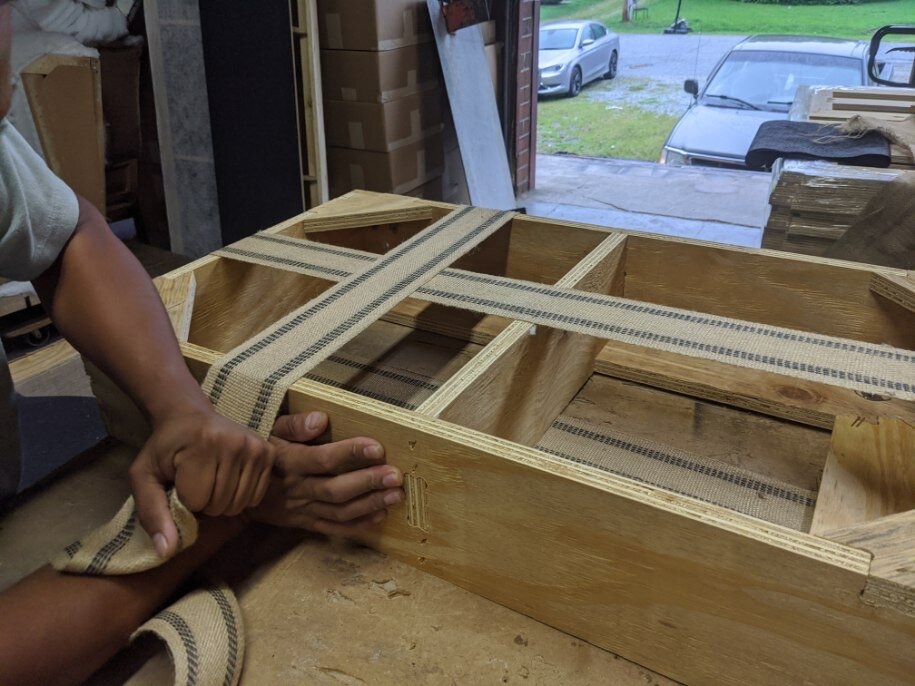Looking Back to Save the Future
PUBLICATION: CORE77 – 2021
Designing products to take advantage of sustainable production methods can often be a better approach.
The quick and intuitive disassembly of my French press means that I can easily clean it and replace or recycle its parts as needed.
The common narrative of industry is of a steady march of progress, improvement, and innovation since the beginning of the industrial revolution.
Innovation's superiority complex touts itself as "better," kicking "inferior" methods on the curb in its pursuits. There's a misconception embedded in the narrative, though: the fallacy ignores the fact that older manufacturing methods are often more sound in economic, ecological, industrial senses and beyond.
Newer methods of making often prioritize assembly techniques and materials that are unhealthy for the employees making the products, for the consumer, and for the planet. (Read more about the importance of these ideas, through the lens of design for disassembly, here.) It often goes overlooked that sometimes, the most environmentally sustainable design solutions can be found by looking to our past.
That's not to say it's always overlooked. Designer-activist Julia Watson has published inspiring research on how ancient and current indigenous technologies can be beacons for our path towards more sustainable farming and building practices; even way back in the 1960s, architect-historian Bernard Rudofsky similarly looked at "vernacular architecture" for answers beyond the narrow confines of the practice's conventions.
